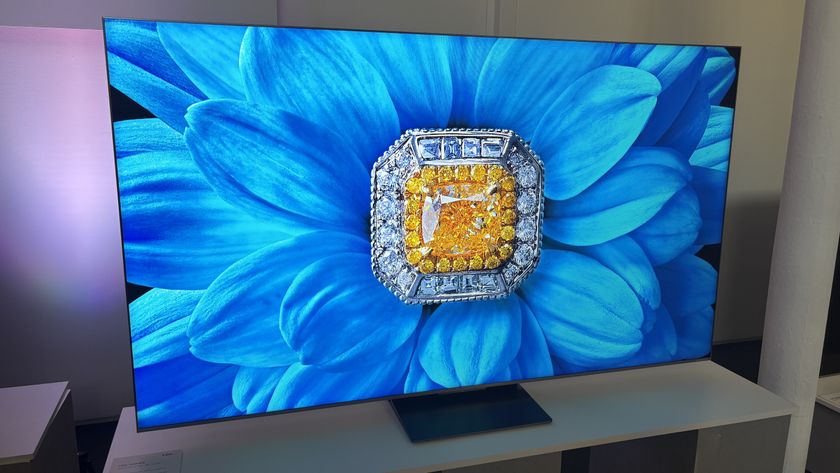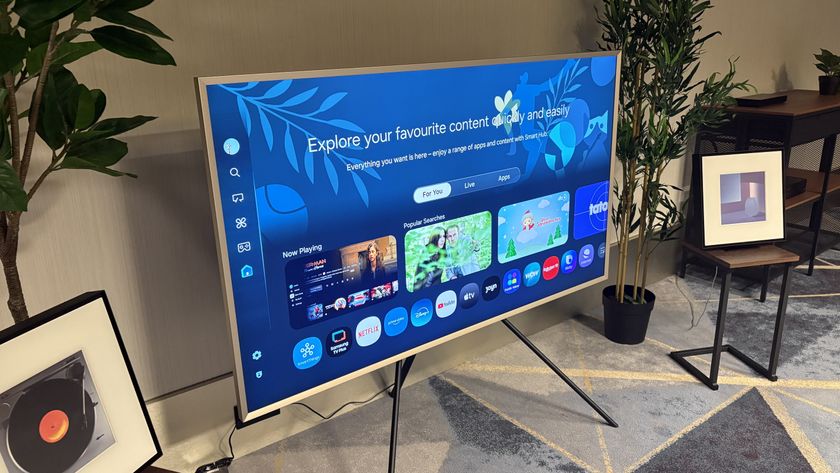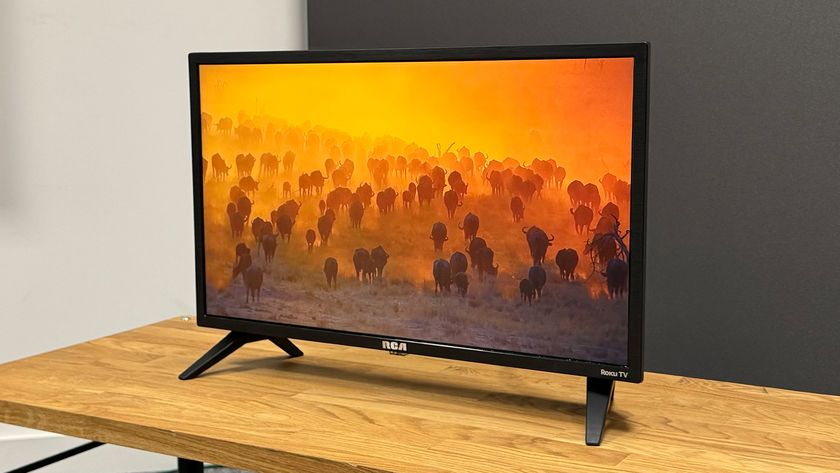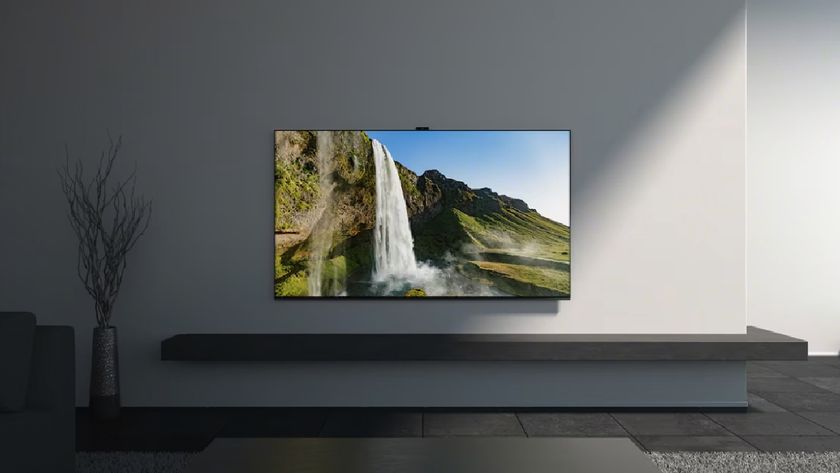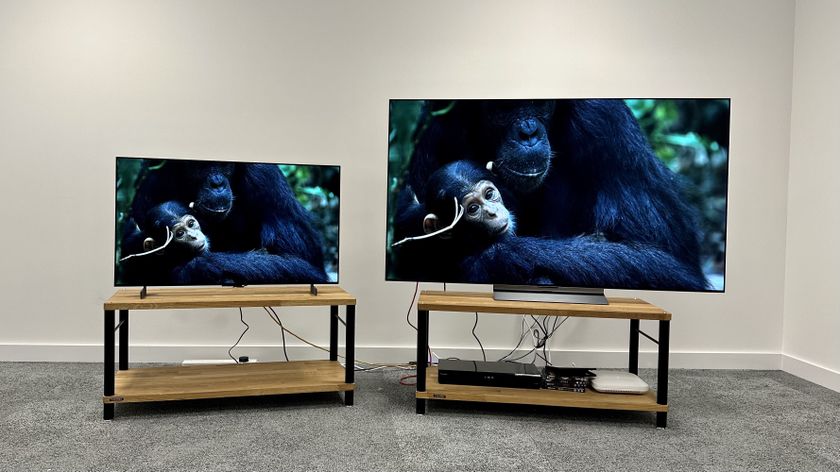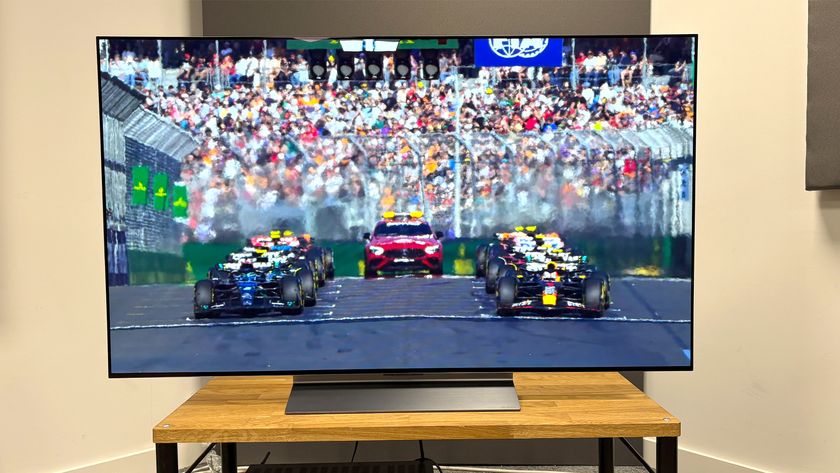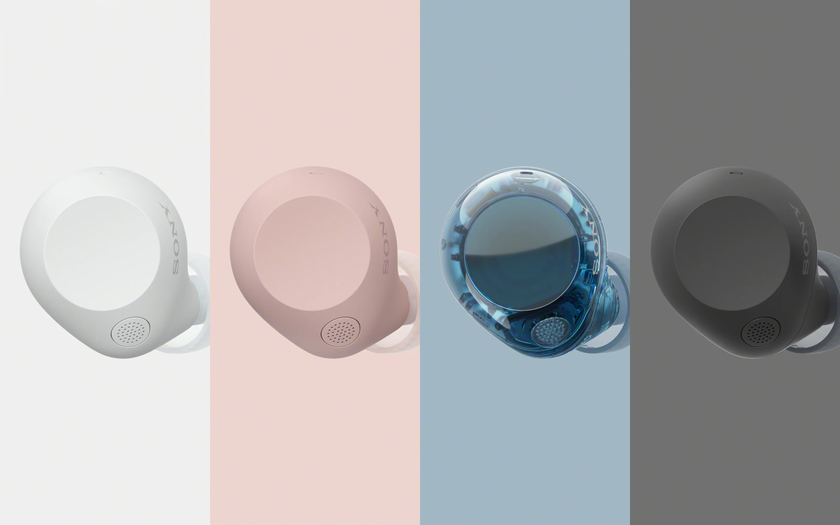KOREA: LG launches new 3D TVs early to wrongfoot rivals
Company stages roll-out of new models a month ahead of expectations, plans to achieve 25% growth in 3D sales this year, take global market leadership

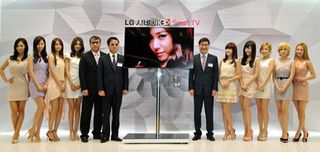
LG rolled out its new 3D TV models yesterday at a press conference held at its Seocho R&D centre in Seoul – a month ahead of its original launch plans.
TVs will be in the shops in Korea as early as next week, in what's being seen as an aggressive move designed to allow the company to steal a march on its rivals.
It's part of the plan by Havis Kwon, president of LG's home entertainment division, to boost sales of 3D sets by 25% this year, and grab leadership of the global 3D TV market.
Speaking at the launch, where senior LG figures presented the TVs along with Korean pop group Girls' Generation, Kwon (pictured above to the right of the TV) said that 'We will focus on emerging markets, the Middle East and Commonwealth of Independent State regions because the Europe market isn’t doing well.
'We will secure the No. 1 position in the world’s 3D TV market this year.'

In the shops next week in Korea will be the new LM6700 series models, in sizes from 42in at KRW2m (£1150), through 47in at KRW2.5m (£1435) to the 55in at KRW4m (£2300).
The strategy of launching fast, ahead of the opposition, is seen as part of the new management philosophy of LG boss Koo Bon-joon: an official from the company, quoted by the Korean press, says that '[our] strategy of picking a fight with competitors in the 3D TV market is different from LG’s tradition.
Get the What Hi-Fi? Newsletter
The latest hi-fi, home cinema and tech news, reviews, buying advice and deals, direct to your inbox.
'An aggressive culture is throughout the entire company now.'
But while Kwon acknowledged LG's market position in the Korean market is threatened by the rising popularity of low-priced imported sets selling in major retail chains, the company claims to have a secure market leading position in domestic 3D TV sales.
And it's seeing a shift in 3D thinking, saying companies including Panasonic, Sony and Toshiba are adopting its flim-type patterned retarder (FPR) passive-glasses technology, while rival Samsung sticks to active-shutter 3D.
The announcement by Panasonic that it's set to launch passive-glasses 3D sets this year was one of the major surprises of the recent CES 2012 in Las Vegas – after all, only last year the Japanese company was campaigning hard about the superiority of its own active-shutter technology, attacking the limitations of passive-shutter, and saying active TVs were the only way forward for picture quality in 3D.
Andrew has written about audio and video products for the past 20+ years, and been a consumer journalist for more than 30 years, starting his career on camera magazines. Andrew has contributed to titles including What Hi-Fi?, Gramophone, Jazzwise and Hi-Fi Critic, Hi-Fi News & Record Review and Hi-Fi Choice. I’ve also written for a number of non-specialist and overseas magazines.
